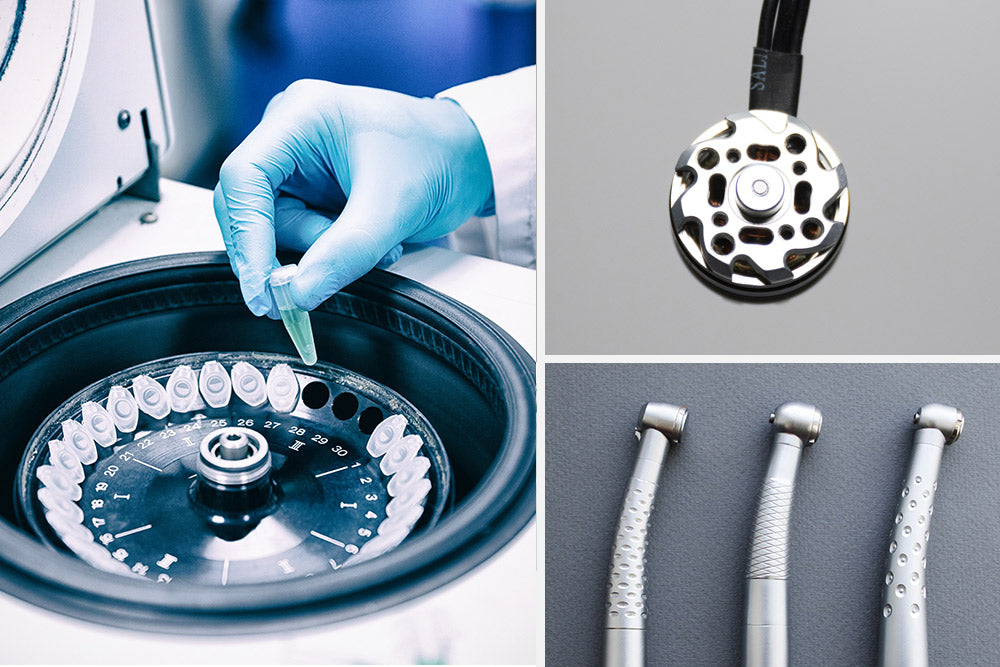UAV and Brushless Motor Trends in 2018 | What's Next?

The new year has arrived, and with it new trends and forecasts for the UAV and brushless motor market. Today’s drones are used for everything from wedding photography to recording climate change to surveying and mapping. But where are we going next?
From motors the size of your fingernail to flying cars, here’s what we’re watching out for in 2018.
A Growing Demand for Miniature Motors—Especially in the Medical Industry
Bigger isn’t always better. While we don’t expect to see a drop in oversized motors for heavy lift drones, we predict an increase in the need for smaller brushless motors, partially due to an uptick in medical technology research.
Out of all of the industries changing motion design, medical technology is pushing motor innovation the most. The FDA requirements for medical device makers typically include motor manufacturers in regulatory scrutiny, so design processes are tightening. Between overseas competition and taxes on medical devices, choosing motors that can remain both compact and whisper-silent early on is more important than ever before.
Medical devices, from robots to implantables to handpieces are getting smaller, quieter, and more compact than ever before. Some of today’s miniature brushless motors have diameters of a few millimeters. Combined with the high power density, speed, and reliability needed to satisfy technical and regulatory requirements, these miniature motors the size of your fingernail will help treat an array of medical conditions.
Sci-Fi Trends Taking Flight in the Real World
Personal VTOLs
We’ve mentioned flying cars, ambulances in particular, before. Today’s tech is making the idea of Back to the Future’s flying cars more promising than ever before.
In 2017, we’ve seen a few brands announce the development of personal vertical takeoff and landing (VTOL) aircrafts. In October, Uber laid out plans for creating an on-demand aviation system with a network of small, electric VTOL aircrafts. Thanks to a partnership with Aurora Flight Sciences, they hope to deploy their initial fleet of 50 VTOL aircrafts within a couple of years.
Likewise, Airbus has launched several Urban Air Mobility programs, including CityAirbus, an autonomous commuter VTOL aircraft designed to transport multiple people at once, a personal single-passenger autonomous VTOL aircraft called Vahana, and Skyways, a parcel delivery system using UAVs. Intel is also investing in several drone businesses this year in the hopes of piloting an air taxi service.




